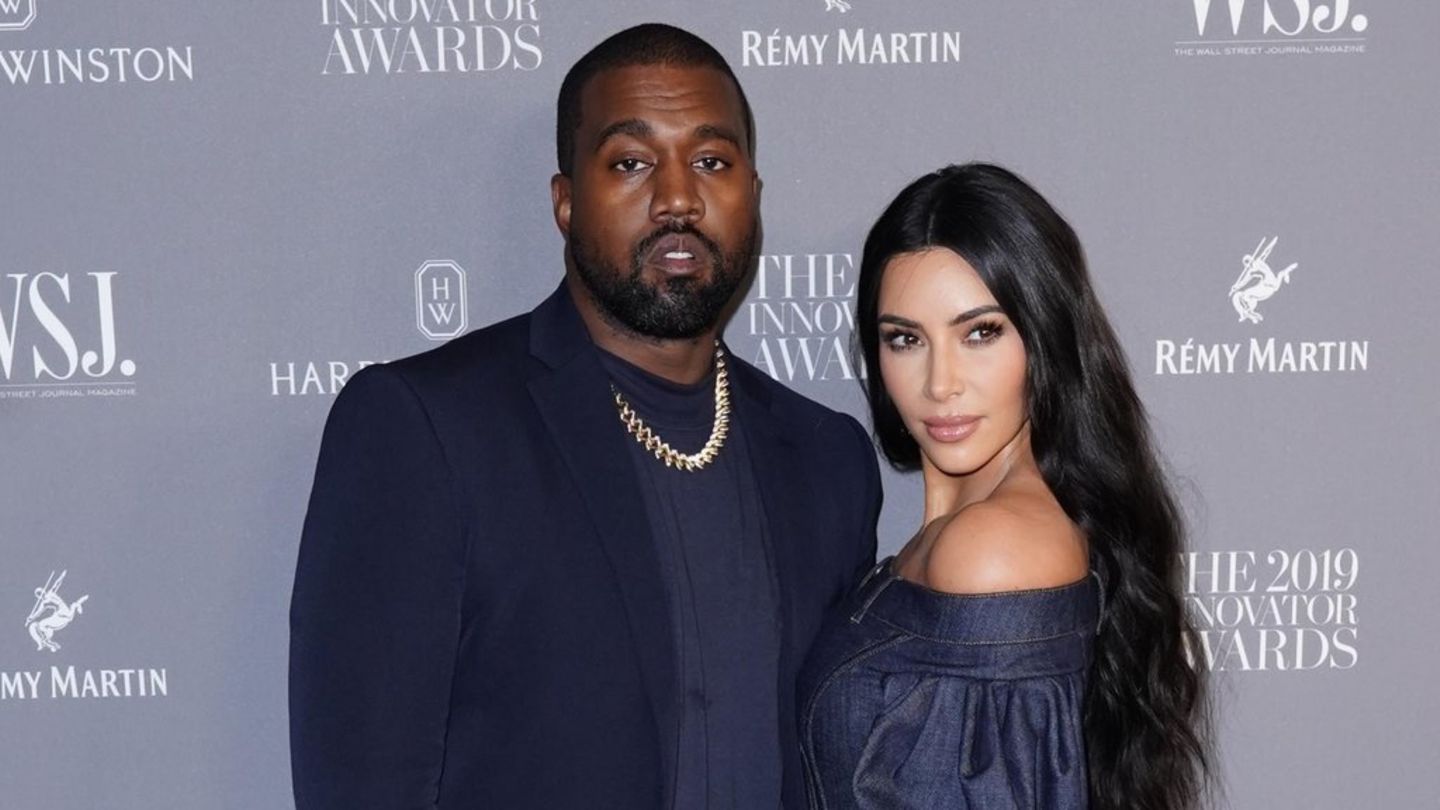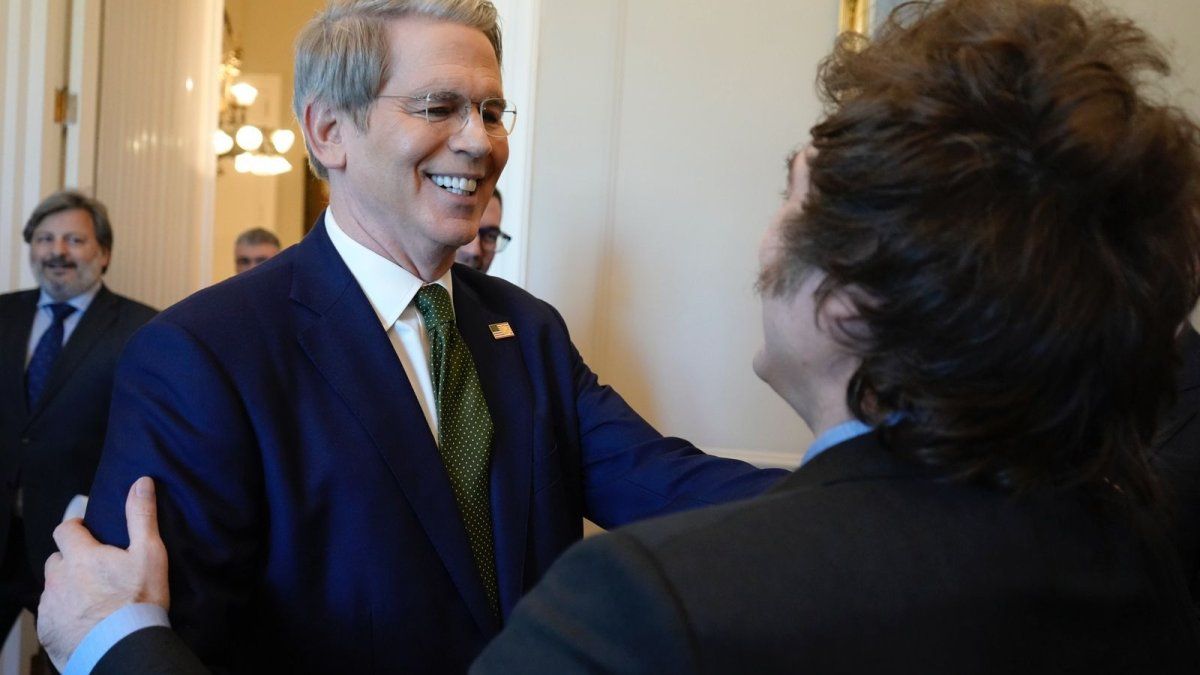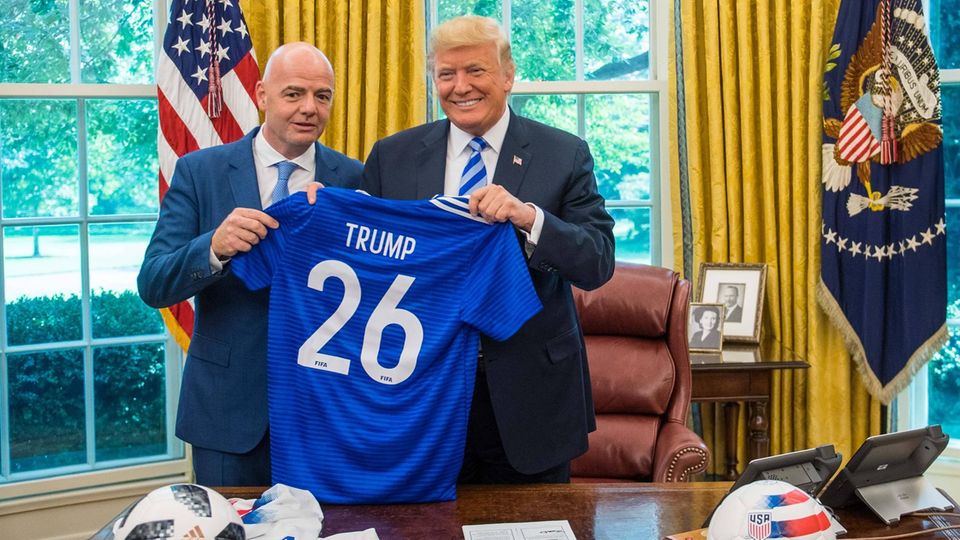Q.: Another famous central banker, more recent, Alan Greenspan, spoke a lot, but in a way that his message could not be understood in an unobjectable way.
GG: To the point that when he ran out of space to continue lowering interest rates, which is his main instrument, he was based on communication (the “Forward Guidance”) to continue to influence monetary policy in the training of expectations.
Q.: This week 14 governors and presidents of districts of the FED have scheduled public presentations. Starting with the great boss, Jerome Powell. There are 14 of the 19 that have an opinion at monetary policy meetings. On the points map, they provide 14 of the 19 observations. It is an explosion of loquacity. What will they want to tell us? Why are so many? Will there be any urgency?
GG: There is no urgency, yes a need to communicate different points of view.
Q.: Do you think? How do you know?
GG: President Trump’s envoy, Stephen Miran, who premiered with an important dissent had to shed light on his position. It is not an obligation, but it is what is stipulated. And took advantage of a pre -existing invitation to do so.
Q.: The Fed lowered the rates a quarter quarter and Look was the only one who advocated a half -point ax. And on the point map, it is also the only one that moves away from the nebula of consensus. No one defends such a low rate. How did you justify it?
GG: He maintains that the neutral interest rate is substantially lower than that used by Fed. And, therefore, current monetary policy is much more restrictive than what he estimates. Therefore, he wants a more powerful reduction. And proceed faster.
Q.: The neutral interest rate is not observable. What we can see is the inflation rate. And years ago it is above the goal of 2%. How restrictive is that reality?
GG: Not in vain he voted alone. But, in his favor it is possible to say that he contributed the specific arguments for an argument that can be helpful, even if he does not convince or lead to his refutation.
Q.: Is it the “technical” explanation, would we say the underlying model, of the proposals made by President Trump? After all, they look is their main economic advisor.
GG: I would say that the two reach the same final conclusion: the rates must lower drastically. But Miran’s argument, that the neutral rate is lower than the estimated, is located in the antipodes of the idea of the Make America Great. His would be a corollary compatible with a less thriving economy and loses resources.
Q.: You said we are going to listen to different points of view. Look wants lower rates. Who has another speech?
GG: Of those who already talked, there are four who set a position on the sidewalk in front. Alberto Musalem, from the Fed of Saint Louis, said he supported the rate cut but that there is little room to insist on a context of high inflation. Beth Hammack, from Cleveland’s Fed, recalled that inflation is a bigger problem than the weakness of the labor market. The detour of inflation with respect to the goal is greater than the unemployment gap. Austan Goolsbee, from the Chicago Fed, was just a little softer. But he also emphasized the need to return inflation to 2%. And Raphael Bostic, from the Atlanta Fed, manifested herself very worried about the time that has been sustained inflation above the goal.
Q.: There are four opinions, but how many votes?
GG: Two. Musalem and Goolsbee vote on the current rotation.
Q.: Should we understand that the decline in fees that futures markets discounted for October can find serious opposition?
GG: Powell also spoke, who is still cutting the cod. He said nothing new, he repeated what he pointed out after the last meeting. But perhaps it was not understood. “The risks are double -edged. The situation is challenging. The risks of inflation point to the rise, those of the downward labor market. There is no path that is free of danger.”
Q.: Does it mean that the decision is a currency in the air?
GG: It means that the decision is not taken beforehand. The Fed does not follow a pre-established course. He lowered the rates at the last meeting, did not do so in July. And he does not consider it a mistake. Waiting was fine, Powell said at the press conference.
Q.: What do you think?
GG: That we are going to a strong discussion as we did not have in July or last week. Governor Michelle Bowman, dissident in July, was very emphatic. The Fed has to act bluntly to underpin the labor market, he simultaneously said with the speech of his colleagues. For Bowman, the Fed runs behind events. Leaving aside the tariffs, he said, inflation is “very close to the goal.” It is the same situation seen from the opposite angle.
Q.: If so, the October meeting will be as memorable that promised to be September and it was not.
GG: OK. Today I think there are very strong positions on both sides of the risks. It will be necessary to see if the data does not end up filing the differences.
Q.: And today who considers more likely?
GG: Just as things are, a decline in a quarter point, but with one or two dissidents. And if so, doubts will run to December.
Source: Ambito
I am a 24-year-old writer and journalist who has been working in the news industry for the past two years. I write primarily about market news, so if you’re looking for insights into what’s going on in the stock market or economic indicators, you’ve come to the right place. I also dabble in writing articles on lifestyle trends and pop culture news.




